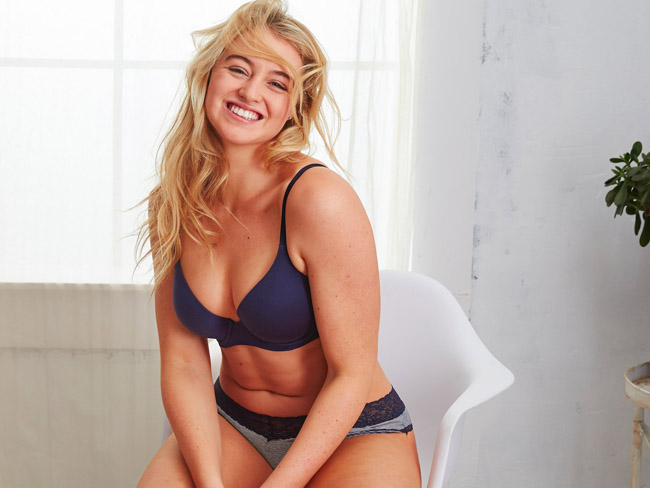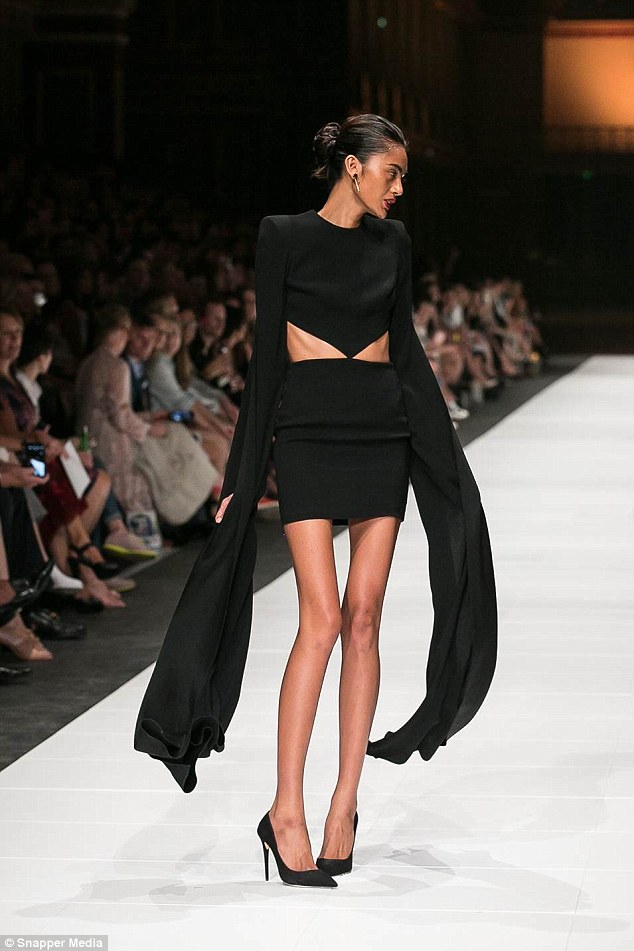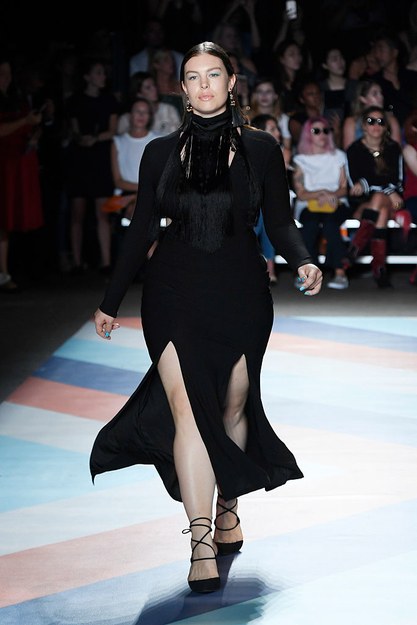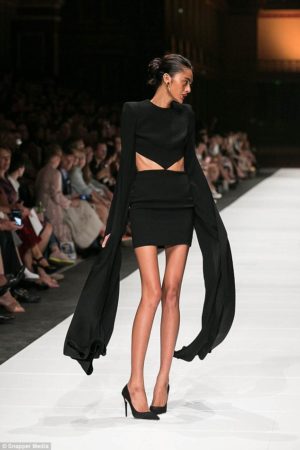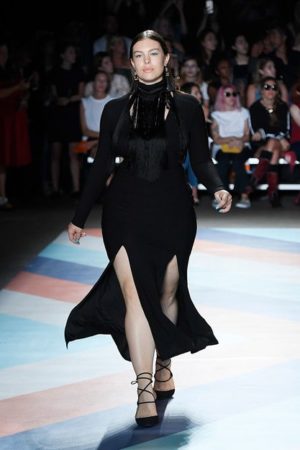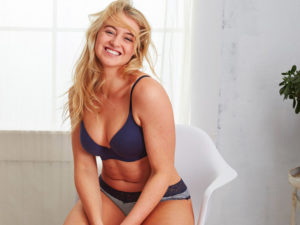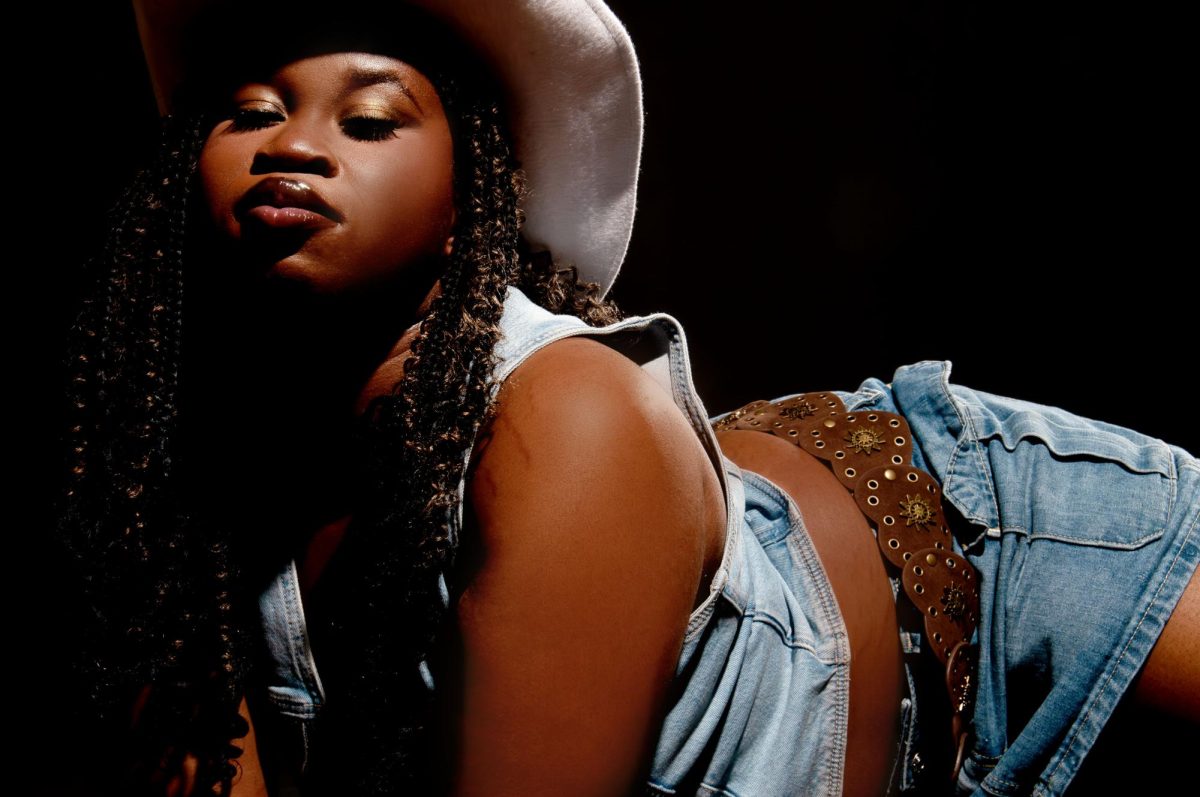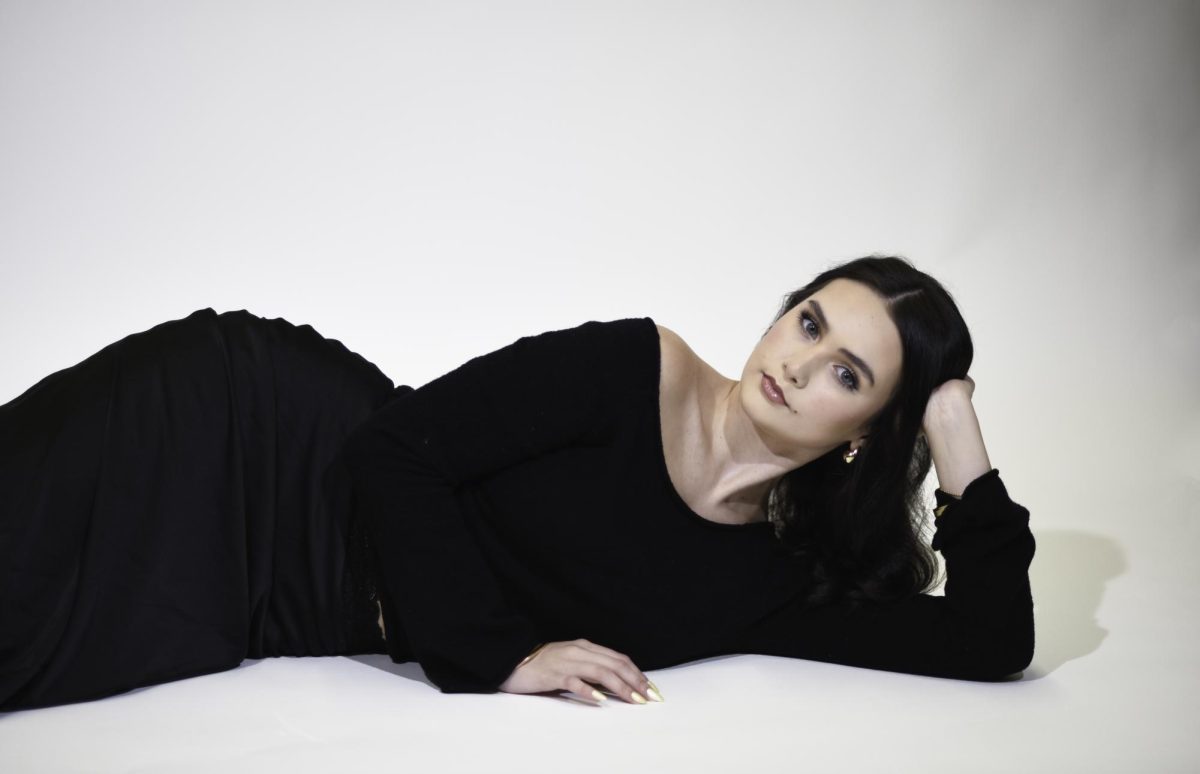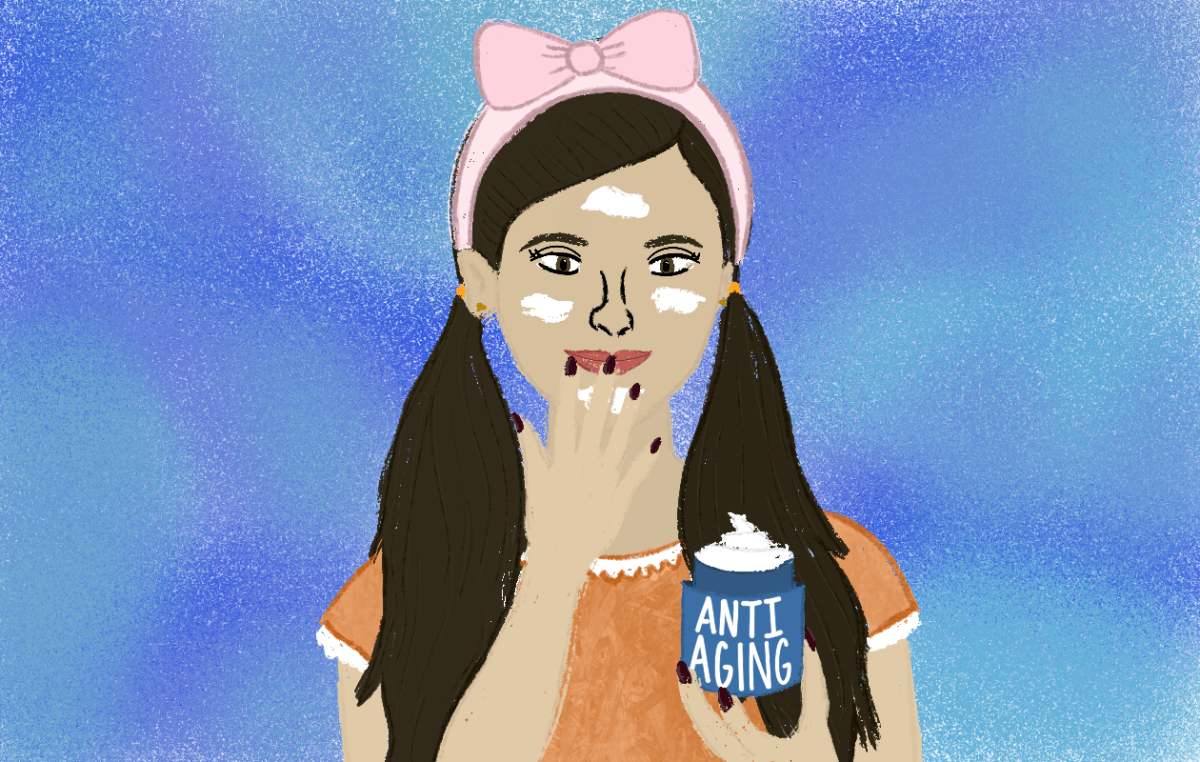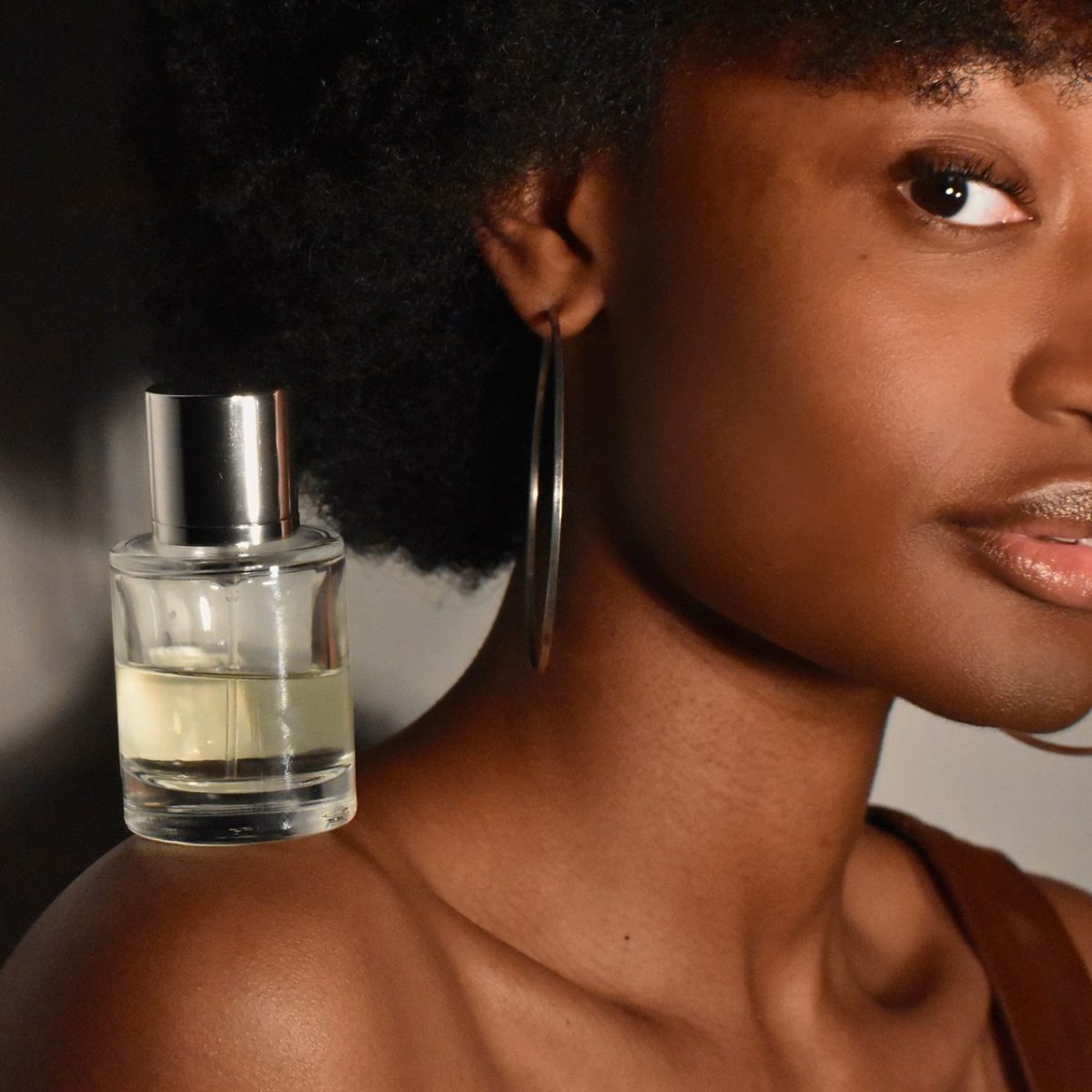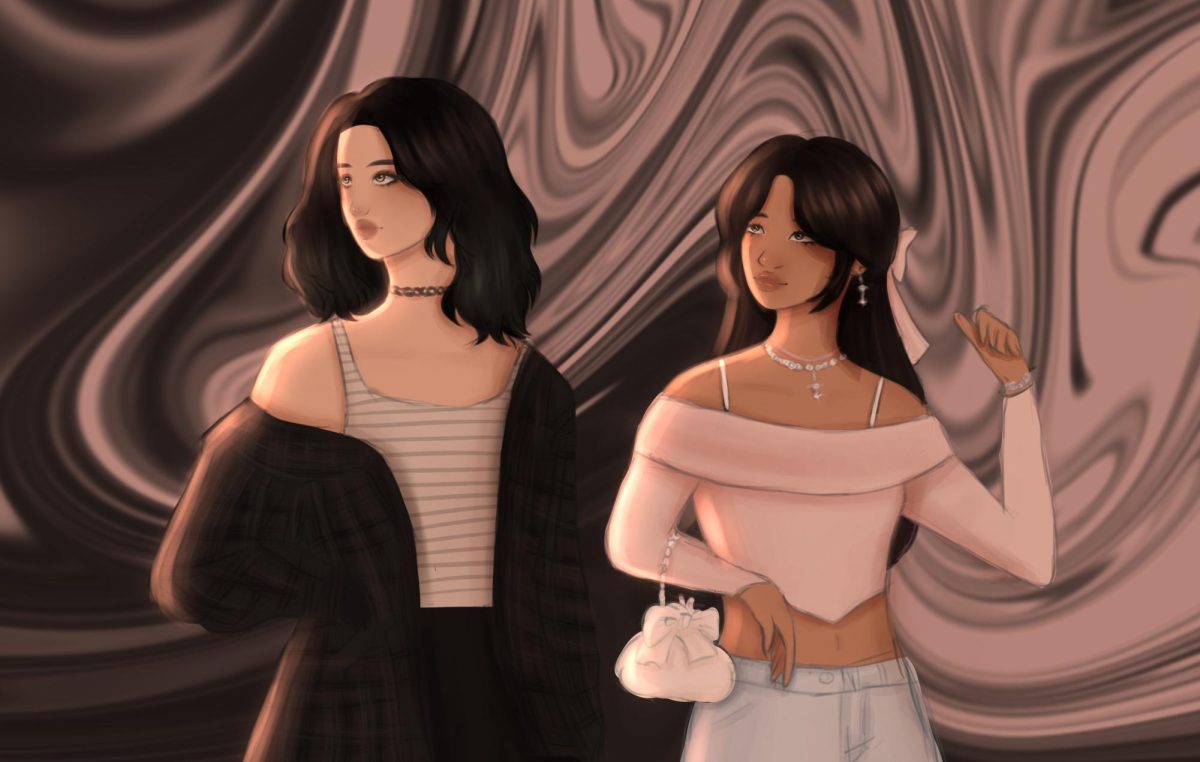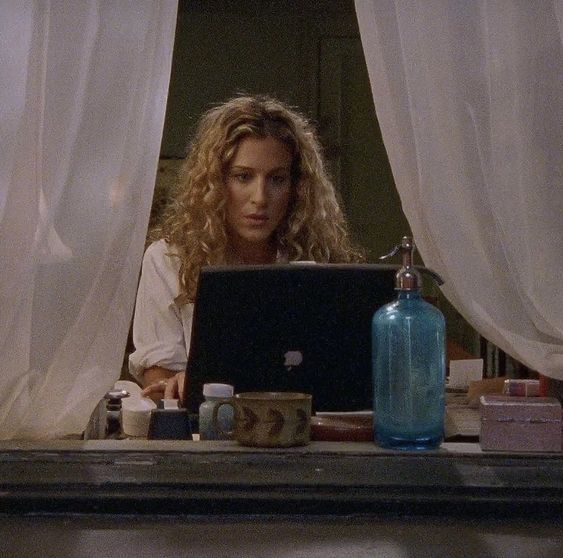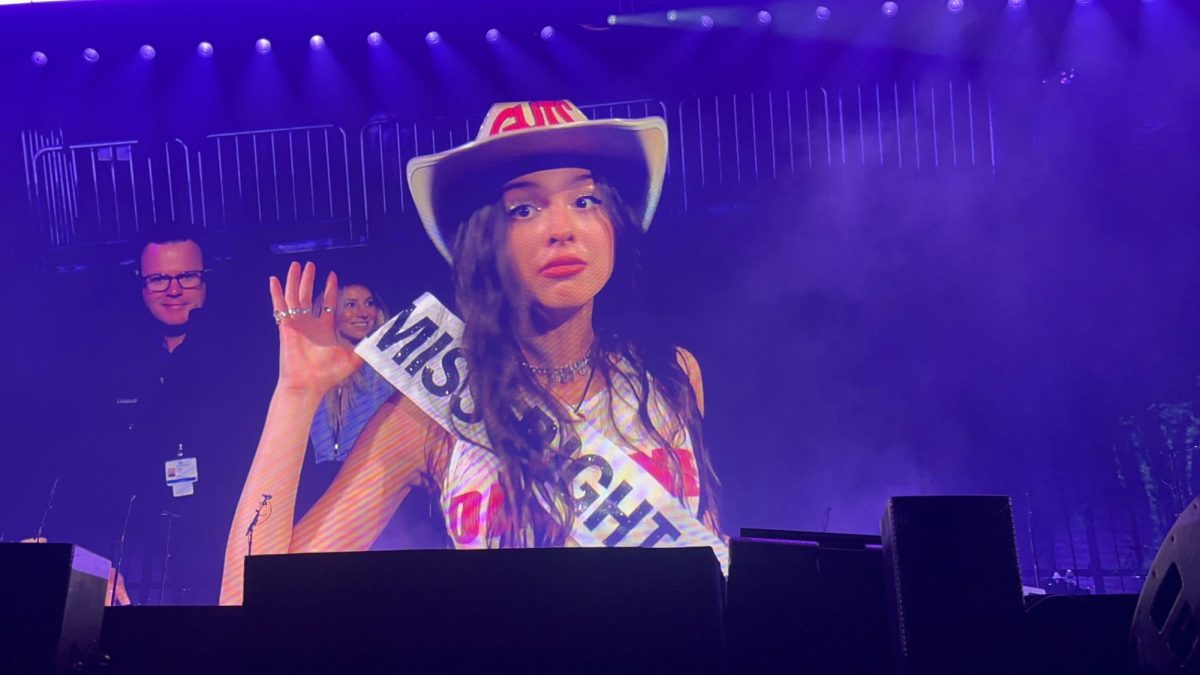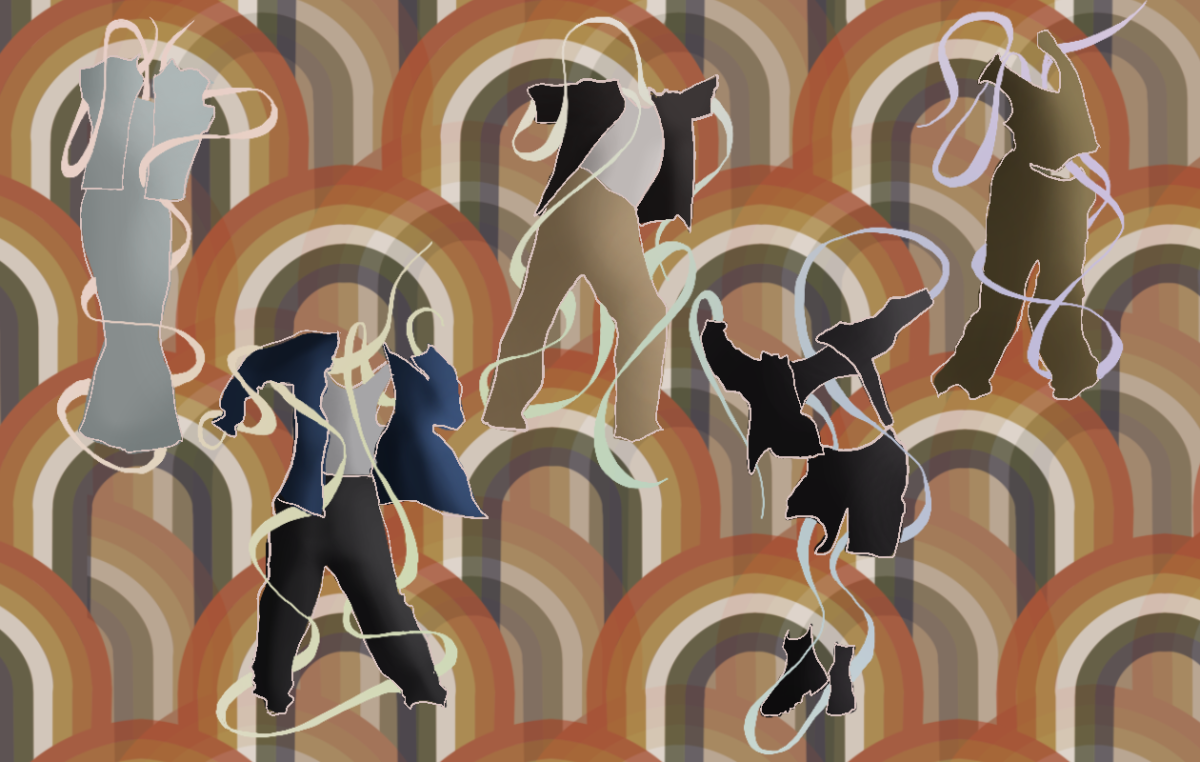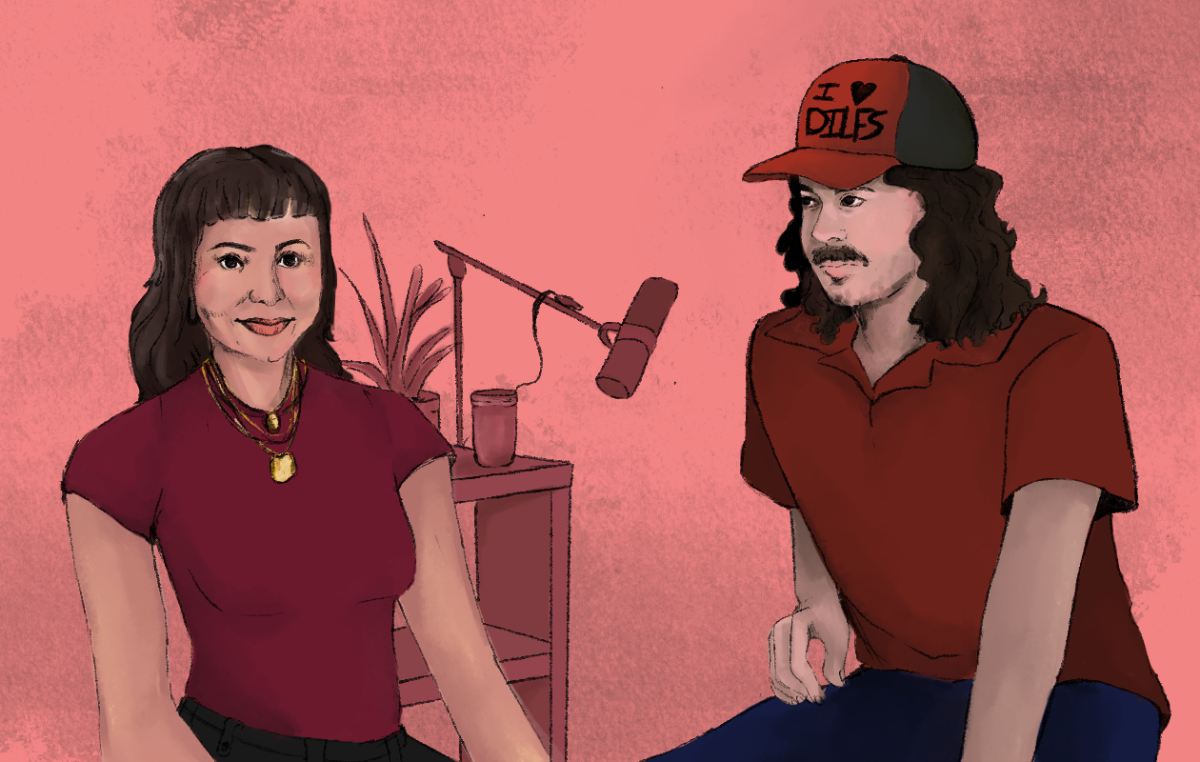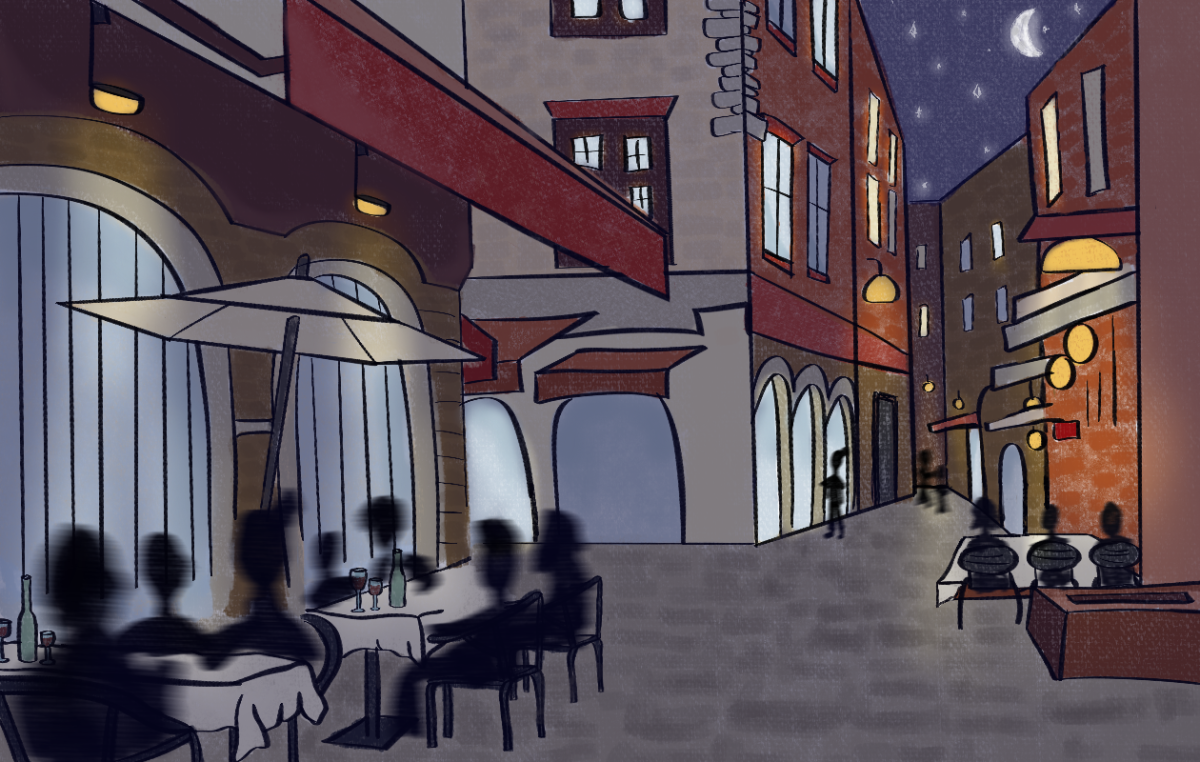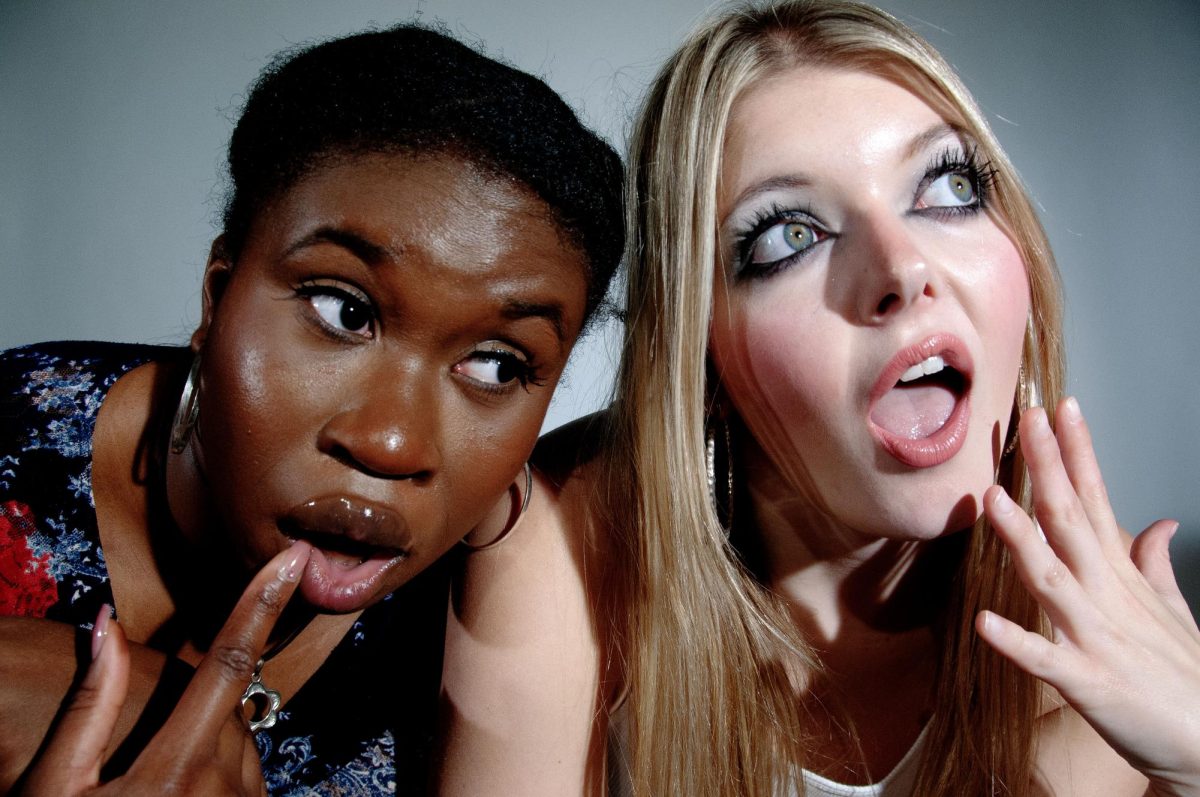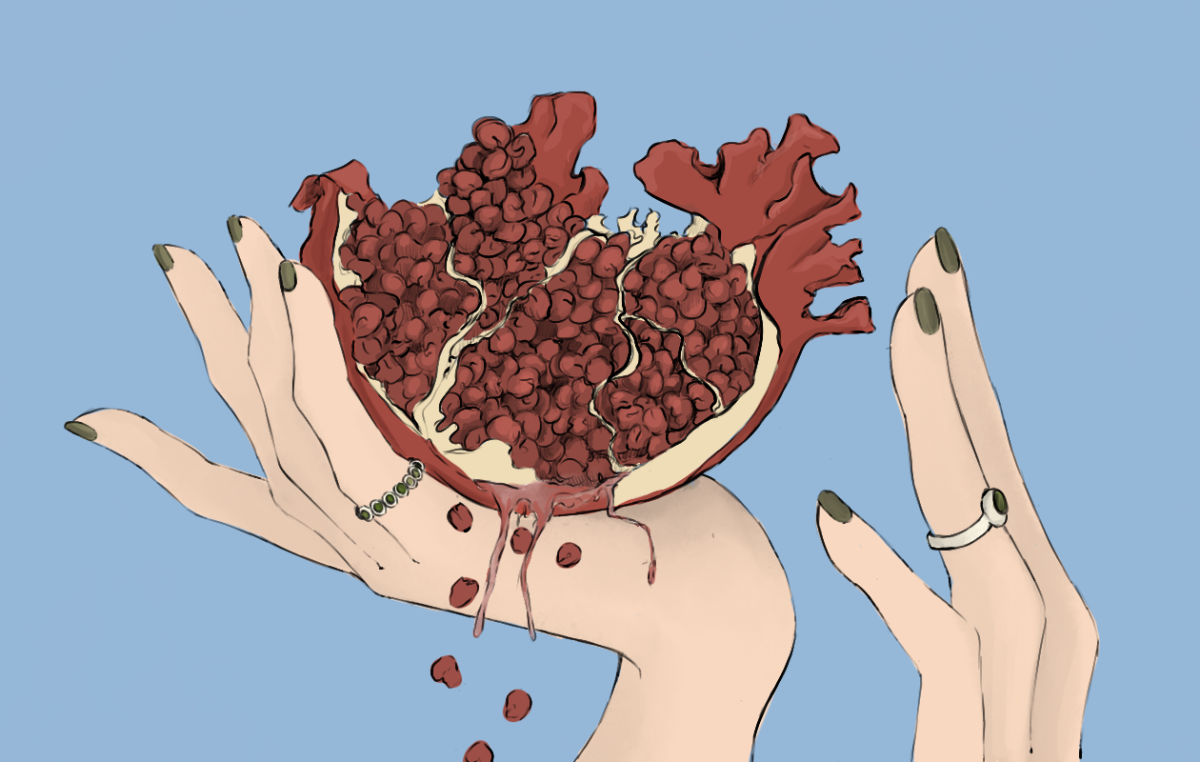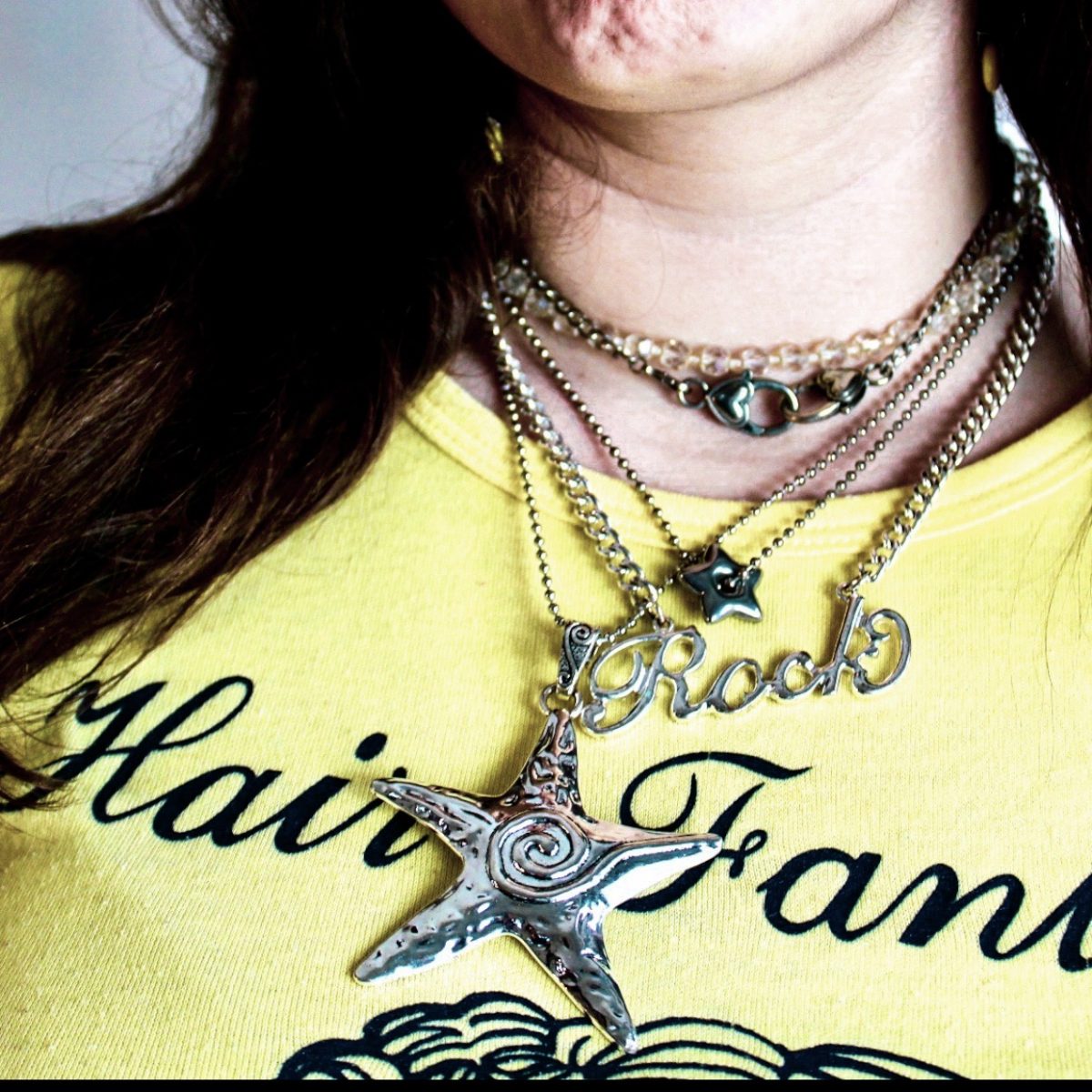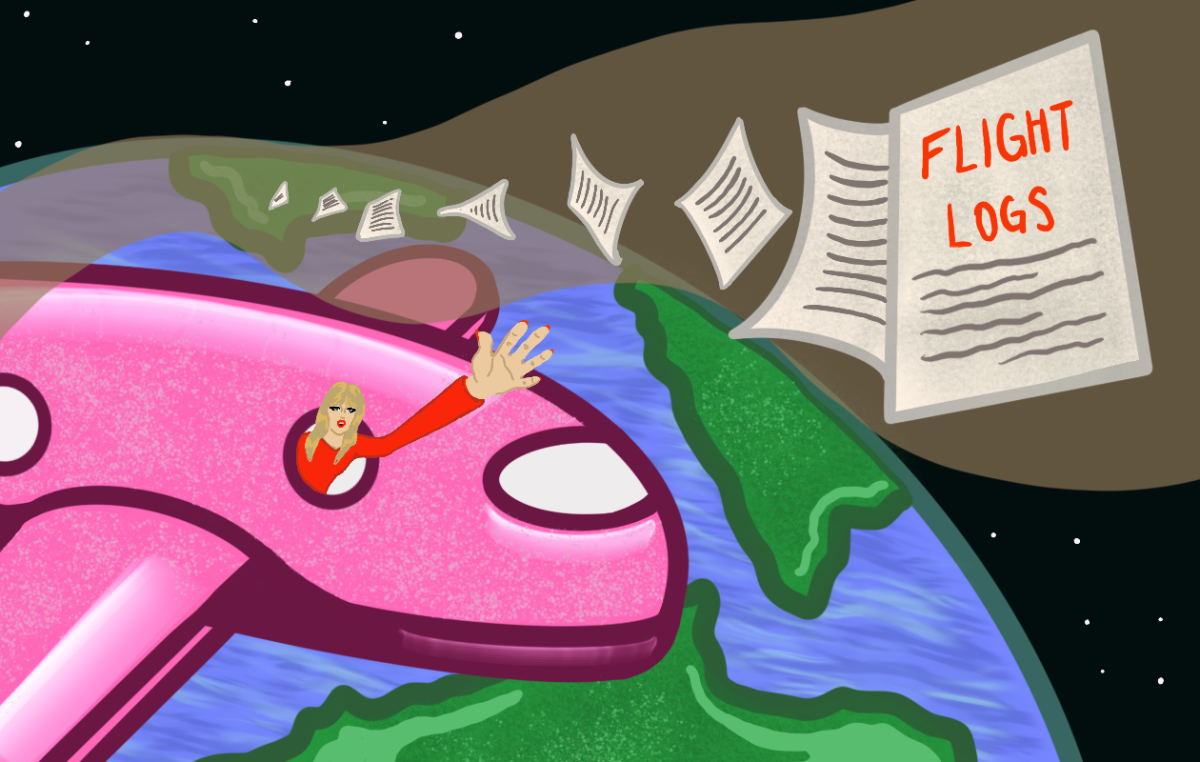One size fits all. Or most. Or one.
Everyone knows there is no such thing as a piece of clothing that can comfortably fit all. This notion has acted as inspiration behind the #NoSizeFitsAll movement headed up by the Women’s Equality Party (WEP), a UK group dedicated to the empowerment of women and the fight for the betterment of society through true equality. The #NoSizeFitsAll event begins on September 15th and aims to challenge the British Fashion Council to implement the changes necessary to cease the promotion of harmful body image views- namely that of designer’s sample sizes.
The average size in the UK is a 12, while most designer sample sizes come in a UK 8 or smaller. The WEP is striving towards having designers show multiple samples sizes, including one in a UK size 12, that are able to be worn by the average citizen. It has been so easy for the fashion industry to pretend that their sample sizes are not adversely affecting the general public, but we have to accept that this is simply not true. 28 studies from not only the UK, but Australia, North America and Europe as well, have concluded that images in the media have a direct impact on how women view their bodies. This diminished body image puts individuals of all types at an increased risk for eating disorders, which research suggests more than 725,000 people in the UK alone suffer from.
This is a global issue caused by the various choices made in a global industry that stretches far beyond the borders of the UK. Just this past summer, comedian Leslie Jones took to Twitter to complain about this matter;
“It’s so funny how there are no designers wanting to help me with a premiere dress for a movie,” tweeted Jones.
The actress was referring to the premier of her movie Ghostbusters. Designers and stylists alike lashed back, putting blame on Jones for not being a sample size, claiming that this is in no way at the fault of the designer if they do not have dresses on hand to fit her.
You see, this is sort of the problem. The industry as a whole puts stock in the way things have always been done, featuring strictly small dresses and even smaller models. In a decade where social media sets the stage for ongoing ridicule, every designer and label strives to please the public, not only with their products, but behind the scenes as well. With innovations in technology, eco-friendly fibers and manufacturing practices at the forefront of designers 10 year plans across the board, where are the agendas designed for breaking boundaries and introducing realistic sizes?
In 2009 British Vogue’s editor, Alexandra Shulman, criticized designers for creating samples sizes too small for many models to easily wear. Since then, we have seen little change. The reasons designers give for not changing their ways include economics, viewing the models more as hangers, all devices for seeing the clothes and not the individual displaying the garment. Regardless of the reason, the fashion world has placed itself in a slim box where girls are suffering physically and mentally because of a reluctance to break down barriers and reshape tradition.
It’s going to take a lot more than social media criticisms to change the industry and encourage a presence that does not put girls down for living in healthy, beautiful bodies all their own. The Women’s Equality Party is taking a valiant step in the fight for the well-being of girls, not only in the UK, but across the globe. Supporting their movement and pressuring the British Fashion Council to mandate the showing of larger sample sizes is a concrete step towards reforming the industry and media representations of woman.
The ideas of beauty are changing, and the fashion world, an often fearless industry in most regards, must accept the responsibility they have for leading the charge towards a more diverse fashion and media landscape.
Sources:
http://www.bbc.com/news/uk-37274122
http://www.womensequality.org.uk/

